Sudden Death Management Considerations for Soybeans
This year continues to challenge what soybean producers consider to be “normal.” I met with one grower recently who described the month of June as polarized. He stated that on his farm, he went from 5-inches behind on monthly rain fall to 5-inches over in a period of 10 days. If that wasn’t enough rain, then the 18 inches we received on our farm in July certainly was. Yes, you did just read “enough,” “rain,” and “July” in the same sentence. Photo: Sudden Death Syndrome Foliar Symptoms. Photo Credit - Crop Protection Network I have been concerned about one [...]
Cover Crops and Herbicides
I think one of the most overlooked problems with farmers trying cover crops is not paying enough attention to the herbicide program that was used in the cash crop before the cover crop was planted. We, as farmers, spend a great deal of money to control weeds in our cash crop fields. Over the last several years, many “hard” to control weeds like waterhemp and resistant marestail have pushed many of us to use herbicides that have more residual activity or we have to spray “late” rescue treatments to control late escaping weeds. These late applications or more persistent [...]
Cultural Change for Row Spacing: Wide vs. Narrow
There is no right way to farm, however, there have been many methods of farming that have been tried and tested. When thinking about weed control, our industry once relied heavily on mechanical control, which eventually lead to major erosion and environmental impact. When glyphosate-tolerant soybeans were introduced to the market, they allowed for less tillage, reducing environmental impact. Over the past 10 years, chemical controls alone have given Mother Nature the opportunity to evolve weed biology. In my areas, mechanical control has started to be reintroduced to the acre, which also reintroduced its environmental impact. It’s now time [...]
CRP Grasslands Helps Farmers And Landowners Protect Grassland
The Conservation Reserve Program (CRP) Grasslands signup helps Illinois farmers and landowners protect grassland, including rangeland, and pastureland and others, while maintaining the areas as working grazing lands. Protecting grasslands contributes positively to the economy of many regions across the state, promotes biodiversity of plant and animal populations, and also results in carbon sequestration benefits. USDA’s Farm Service Agency (FSA) has updated the Grassland signup to a minimum rental rate of $15 per acre, benefitting 1,300 counties. The signup is competitive, and FSA will provide annual rental payments for land devoted to conservation purposes. “Producers can enroll their working [...]
Have You Applied Your Soybean Fungicide Yet?
As regular visitors of ILSoyAdvisor are aware, fungicides are an important component of a high-yielding soybean system. Progressive growers have become increasingly aware of the value of fungicide application not only for disease control, but also for improved stress tolerance and plant health. Perhaps surprisingly, many of today’s most popular varieties with the most inherent yield potential also show the biggest responses to fungicide applications. In fact, varietal response to fungicides appears to be increasing. There are several potential reasons for this phenomenon. One is that modern varieties are often more robust in their growth habits, with more branching [...]
PODCAST: Herbicide Treatments and Weed Management
Jared Greuel, CCA Soy Envoy and owner and sales agronomist for Greuel Farm Service, is featured on this month’s podcast to discuss herbicide treatments, the importance of diversification, understanding labels and active ingredients and other important weed management best practices.
Proper Grain Grading – A Key to Worldwide Grain Movement
Reading through the history of the formation of grain and feed associations on the state and national level, you will notice a foundational block was to have a uniform system for grading and inspecting grain. Prior to establishing nationally agreed upon grades, it was a tumultuous time. The importance to the grain trade of having fair and consistent procedures cannot be minimized. This is true from the farm gate to the end user. The agency maintaining the official system is the Federal Grain Inspection Service (FGIS) which operates under USDA’s Agricultural Marketing Service (AMS). FGIS maintains the official U.S. [...]
Practical Methods for Using Tissue Nutrient Analysis Results
We are just past the summer solstice and per the “crop” calendar, halfway through the year already. One activity that is often overlooked at this point in the year is evaluating the fertility programs’ performance and making adjustments, also known as tissue sampling. The GI/GO Principle applies: The only way to receive good and usable results is to send in the correct tissue for the growth stage of the crop. I won’t go too deep into the procedure, but I will say that it does follow the GI/GO rule, Garbage in = Garbage out. Here’s a good resource that outlines [...]
Evaluating Early Planting Soybean
Planting a crop can be an emotional roller coaster for a farmer, besides selling grain too soon. My grandfather would say “put your bare bottom” on the soil and if you cringe, it’s too cold and too early to plant. Based off how often I heard this same story this past spring, the generation prior to us was definitely one of the greatest. The last three springs have brought up a lot of debate on when we should or should not be planting. In general, a soybean plant can withstand early season challenges better than a corn plant. And [...]
The Hidden World Beneath Your Feet
At first glance, soil looks rather uninteresting. It might be brown, red, gray, white, or other colors depending on organic matter content and mineral characteristics, pieces of crop residue may be present, and if you are lucky, you might also see an earthworm. Have you considered, however, that each teaspoon of soil contains billions of bacteria and countless other microscopic organisms? This world, hidden in plain sight, influences many aspects of soil productivity, nutrient cycling, and crop yields. Let’s dive in and take a look! Farmers and gardeners have long recognized that healthy, productive soil is the foundation of [...]

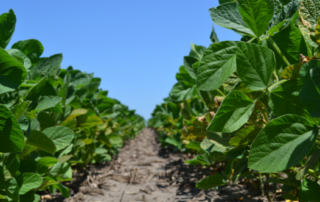
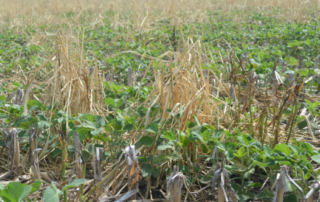
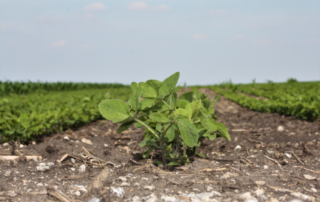
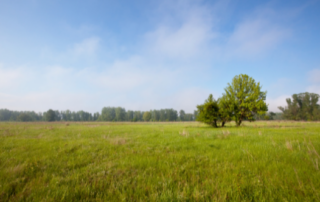
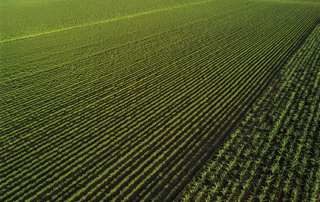
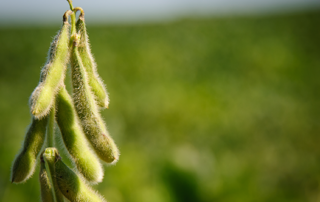
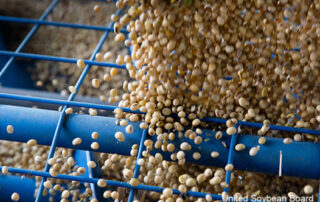
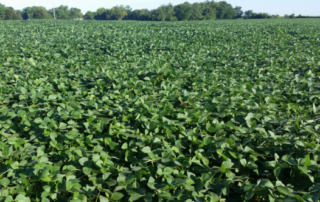
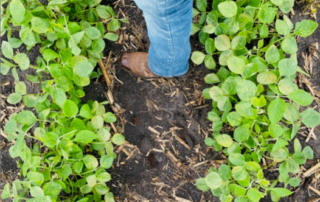
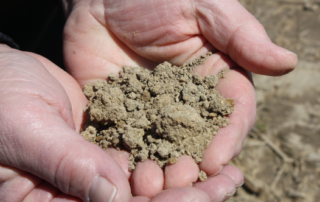

 and then
and then